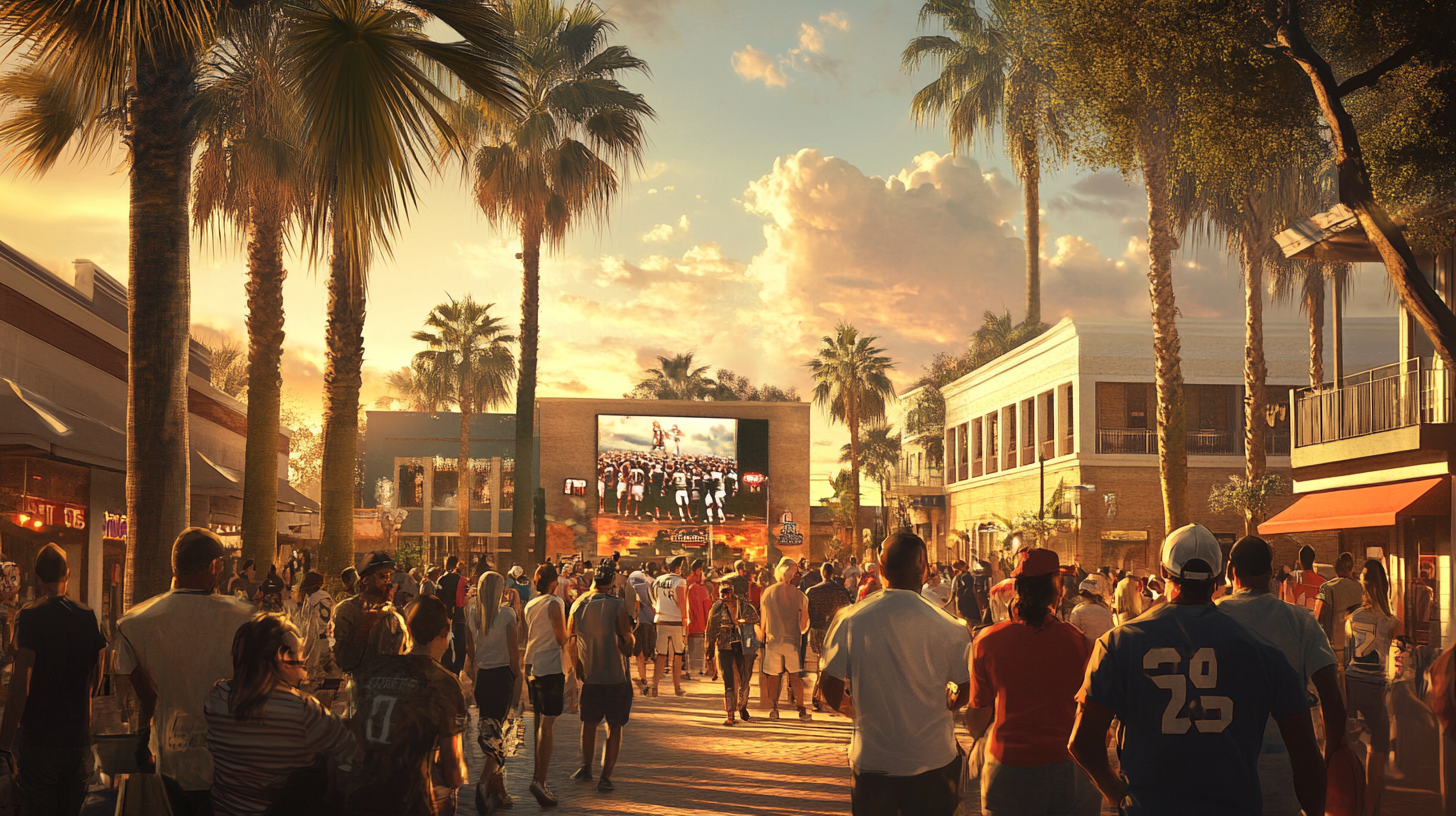**Pro Scouts Adapt to Changing College Football Terrain Ahead of the NFL Draft**
The rapidly evolving world of college football presents new challenges and opportunities for professional scouts preparing for the annual NFL Draft, as highlighted in a featured article on ValleyCentral.com. With the implications of Name, Image, and Likeness (NIL) deals, the increased use of transfer portals, and emerging technologies like virtual reality, pro scouts are finding innovative ways to assess draft prospects more comprehensively. This transformation holds particular significance for the South Texas region, including the Rio Grande Valley (RGV), where sports remain a cornerstone of community interest.
**Navigating New Dynamics in College Football**
The introduction of NIL deals has fundamentally altered how college players approach their sports careers, allowing them to secure financial stability while still in school. Players now openly discuss agent interactions and endorsement deals, which has shifted the focus of draft evaluations beyond strictly on-field performance. Tennessee Titans Coach Brian Callahan shared his perspective, noting, “Before these changes, we had robust profiles built over years. Current player mobility can create information gaps, making it harder to assess a player’s total impact.”
Transfer portals amplify this complexity, often transforming college athletes into free agents exploring new opportunities and competitive settings. While scouts face challenges in piecing together fragmented career histories, this also offers them insights into players’ adaptability and competitiveness across different environments.
**Impacts on Local Players and the RGV Community**
For many Valley residents and high school athletes eyeing college and professional football careers, these shifts present both challenges and opportunities. The ability to transition easily between programs with improved exposure provides aspiring athletes with greater visibility on larger platforms. Vincent Rodriguez, a local coach from Brownsville, recognizes the importance for local talents, saying, “Our kids can now compete and showcase their skills from day one, rather than waiting for their turn behind older players.”
The RGV community could see broader opportunities in how these changes influence recruitment and college football participation rates, potentially benefiting local high school football stalwarts that ValleyCentral.com frequently showcases.
**New Approaches in Professional Scouting**
Modern technologies, particularly virtual reality, are reshaping traditional scouting methods. Teams like the Washington Commanders have successfully integrated VR simulations to prepare promising prospects for the NFL’s rigorous demands. Adam Peters, GM of the Commanders, remarked, “We leveraged VR with Jayden Daniels, a 2023 Heisman Trophy winner, aspiring towards a seamless transition pro, and this helped him become the 2024 Offensive Rookie of the Year.”
Incorporating technology and analytics adds another layer to player evaluations, facilitating nuanced data analysis to inform scouting decisions. This trend aligns with the increased reliance on data seen across industries, further underscoring how football careers intertwine with technological advancements.
**Future Implications and Community Perspectives**
The evolving college football landscape may incite further academic and athletic institutional shifts. The role of artificial intelligence in scouting remains an intriguing prospect, with teams like the Minnesota Vikings and Las Vegas Raiders exploring its potential to streamline decision-making processes. Kwesi Adofo-Mensah, Vikings GM, hinted at a future where AI might become an invaluable scout’s aid.
However, it is critical to ensure these innovations do not overshadow the essence of sports or become a barrier, particularly for schools and regions with limited access to such technologies. Community advocates, like educator Marisol Garcia from Harlingen, stress the importance of equitable resource distribution, stating, “Investment in grassroots and local programs remains paramount, ensuring these technological advances reach every young athlete across South Texas.”
**Resources and Engagement for Valley Residents**
For those in the Rio Grande Valley interested in learning more about how these changes might impact high school and college players locally, ValleyCentral.com continues to provide in-depth coverage and community stories. Their platform offers mobile applications and live streams, ensuring residents remain informed about current trends and emerging stories touching the core of local sports dynamics.
By assessing rotational changes within the sphere of college and professional football through ValleyCentral.com’s platform, Valley residents and followers can remain engaged and informed. As adjustments in player evaluation and technological incorporation deepen, the Rio Grande Valley stands to benefit from an enhanced sporting landscape representing the future of football.
By maintaining a vigilant and adaptive approach, the RGV community can better prepare its athletes for the opportunities and challenges of an evolving sports world, reinforcing South Texas as a critical player in the broader football narrative.







